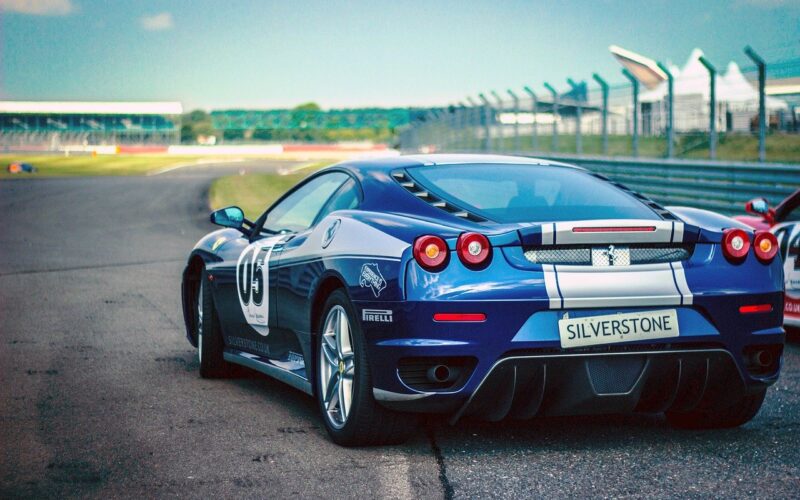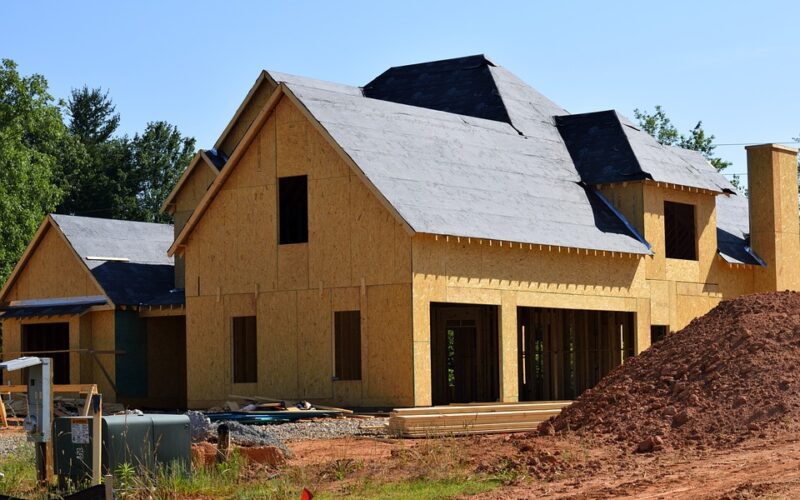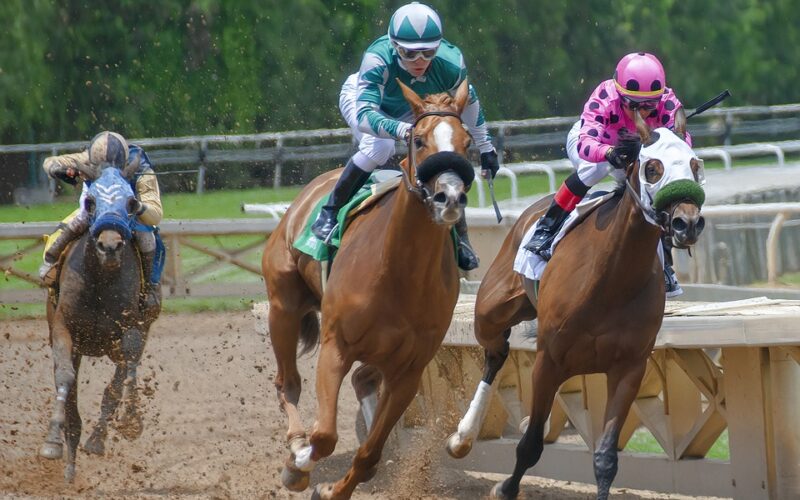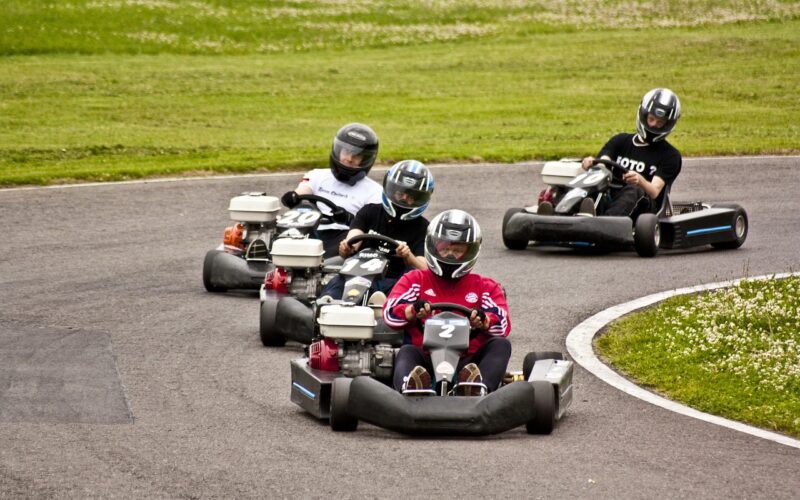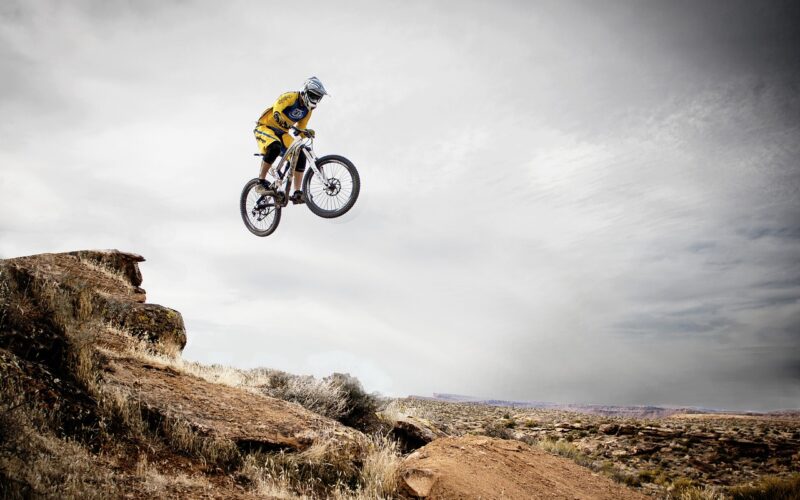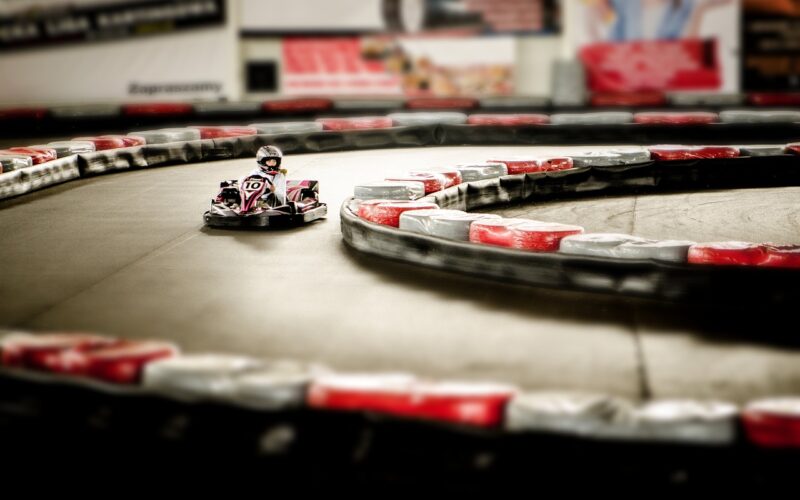The speeds achieved by those on foot or horse may excite some, but others want to hear the roar of an engine and feel the wind from a passing motor vehicle. Man and machine racing has not been part of life for as many years as the other forms of racing, but it does have its own group of enthusiasts. They may enjoy the beauty of machines passing quickly, or they might appreciate the strategy that helps a driver motor through all other competitors to win the race.
Tracks for motor racing are generally planned today with that in mind. Some older tracks have been partly designed but also use local roads. Designing a track specifically for motor vehicle racing requires many layers to ensure safety for the racers and the fans.
Corners on a track are often where the ability to pass and gain on a competitor is an art form. These areas are usually banked to keep the vehicles on the road surface at a high rate of speed, and the angle of the bank can be important. The faster the vehicles will travel, the higher and more solid the racing surface must be. Composed of layers of gravel, rock, aggregates, and an asphalt surface, it is imperative for keeping vehicles on the track that this one areas be reinforced.
Racing a motor vehicle does have safety concerns, and there have been times when spinning vehicles have veered off tracks. Keeping fans safe has become important when designing tracks, and safety walls along even the straightaways have now become mandatory in many locations. Building them with concrete blocks reinforced with rebar may not do much for the vehicle spinning into them, but it can keep the crowd safe.
